Stoneware Crocks Strike a Chord
http://decor-ideas.org 05/31/2014 18:15 Decor Ideas
In a recent Houzz ideabook I wrote about egg baskets, and I wasn’t surprised when one image garnered more attention than the others. It shows a shelf-lined pantry with a beautiful display of egg baskets, but it’s also stocked with rows of great old stoneware vessels. When I asked Bruce Fox, principal of Wells & Fox Architectural Interiors and one of the designers of the space, about it, he exclaimed: “It’s amazing how much attention that’s getting on Houzz!” Although I love modernism, I grew up in rural Indiana, where these crocks are prized, and they strike a chord with me. Judging from the number of people who have added this image to their own ideabooks, I’m not alone.
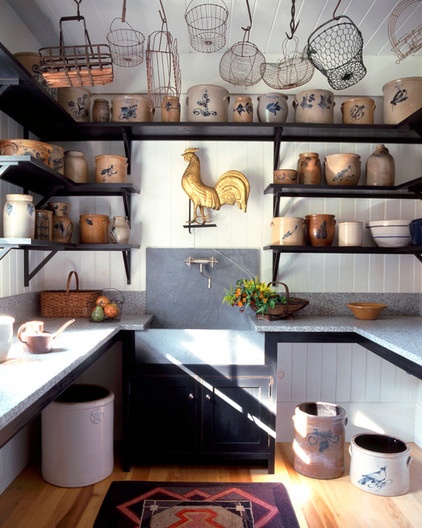
This pantry was created by Fox and Heather Wells (she is the other principal at Wells & Fox Architectural Interiors) for her mother. “Heather’s mother is an intense collector of all things New England,” says Fox. “I believe that any collection that is grouped together has much more of an impact. It becomes more of a sculptural statement than just a number of objects scattered throughout the house.”
When you look at the graceful cobalt blue designs on the stoneware, it’s hard to believe they were created to hold basic food items. “Stoneware was produced in a wide variety of forms and was used to hold liquids, meat, grain, jelly and pickled vegetables,” writes Tom Baker of Dig Antiques.

Baker says that salt-glaze stoneware (which has a glass-like finish) was first produced in America in 1720, and by 1770 there were numerous manufacturers whose employees either shaped the vessels on a potter’s wheel or created them using wooden molds.
“The cobalt markings were freehand decoration,” says Linda Rosen of Linda Rosen Antiques. “They did flowers, birds — anything that they considered pretty. Today the more unusual patterns tend to be the most valuable.” Rosen says the numbers often seen on the sides of stoneware pieces tell how many gallons each vessel holds.
She laughs when asked if our ancestors would be surprised to see us displaying these items. “To them it would be strange. You only saw them on a mercantile shelf or in a home pantry,” she says. “It would be like seeing someone displaying a collection of bleach bottles today.”
The distinctive red wing on this piece indicates it was made at the Red Wing Stoneware Company, which has been making crockery since 1877 in Red Wing, Minnesota.
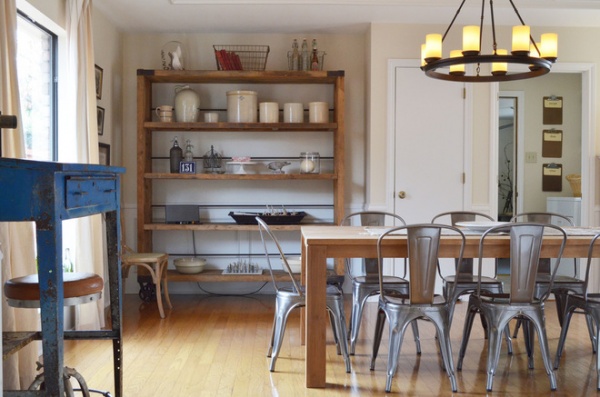
Rosen says that stoneware used for storage comes in jug, cylinder and ovoid (egg) shapes, and that the shape can give a clue to the piece’s age and function. “The ovoid shapes are usually earlier pieces, and the cylinders are generally newer,” says Rosen. “The jug shape, of course, contained liquid.”
Baker says the decoration of a piece can also provide clues to its age. “Decorations in the 18th century were formalized loops, flowers, animals, fish, birds and butterflies,” he says. “Gradually the designs became more elaborate, and included domestic items, such as chickens, or political symbols, such as an American Eagle.”
When these vessels were made, the cylinders were capped with a matching stoneware lid and the jugs were sealed with a cork. “It’s not unheard of to find a piece of stoneware with its lid, but they are somewhat hard to find,” says Rosen.
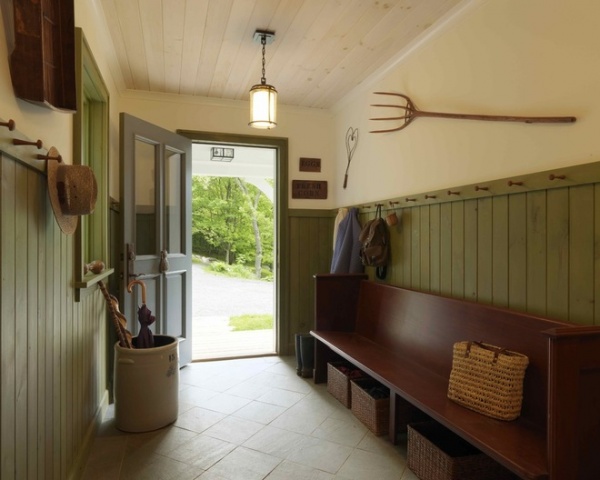
Very large pieces of stoneware, such as this 15-gallon vessel used to store umbrellas in an entry, may have handles.
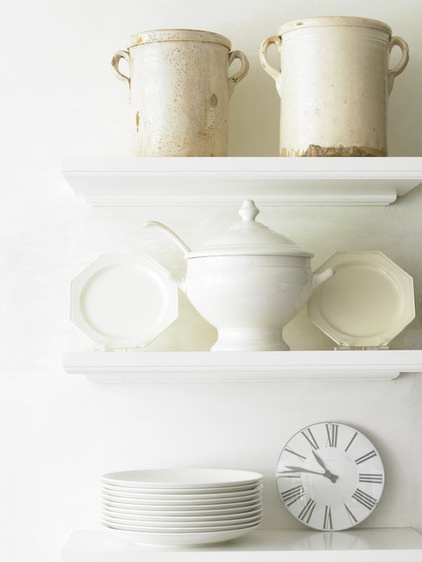
“They are called ears, and they helped people lift them,” says Rosen. “If it has no hole, it’s called a closed ear. If it has an opening, it’s called an open ear.”

Even with handles, the stoneware is bulky and hard to handle. “As glass containers became more available, stoneware became less practical,” says Rosen.
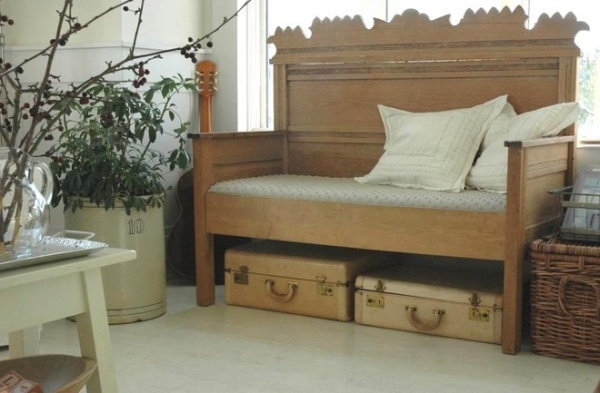
But that doesn’t mean it completely lost its appeal. “The desire to collect stoneware has remained constant for many years,” says Rosen. “People are very nostalgic about the pieces. I think they respond to the simple beauty of stoneware.”
Related Articles Recommended












